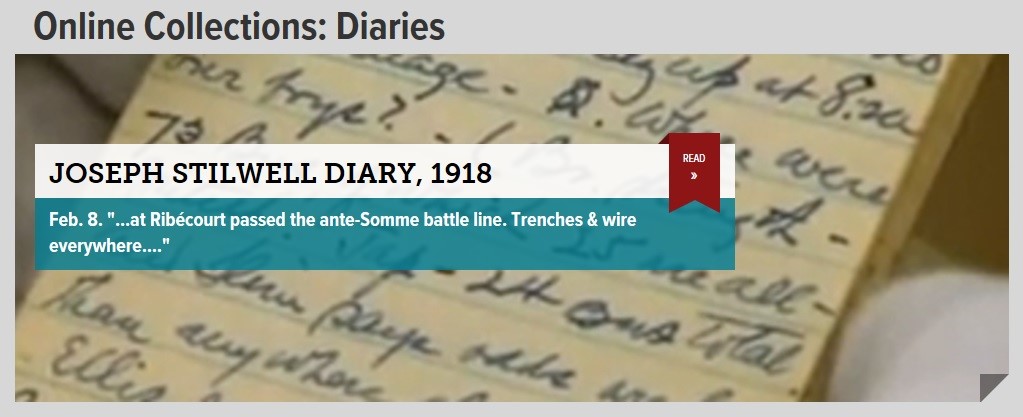The Challenges of Analog and Digital Preservation
Yes, digital backups and archives have their own complications. But at least you’re not likely tasked with preserving the sunken remains of the Lusitania, the British ocean liner that was sunk by a German submarine in World War I, as is Eric Wakin, who works at the Hoover Institution.
The Hoover Institution contains 80TB of digital archives and more than 100,000 linear feet of analog artifacts, including tens of thousands of posters and between 20 and 50 swords, diaries, audiotapes and X-rays, including the original X-Rays of Adolph Hitler.
As the Robert H. Malott Director of Library & Archives at the Hoover Institution, Wakin is tasked with preserving these items for the future, while making them (or copies of the originals) accessible to scholars and interested parties.
Wakin joined his colleague, Professor Russ Roberts, in an EconTalk podcast, telling Roberts that “Archivist is the most exciting job in the world.” This far-ranging discussion will surely interest “Society’s Genome” readers, especially the discourse on the comparison of digital preservation and that of protecting actual physical objects. Citing many of the concerns presented in “Society’s Genome,” Wakin contends that modern archivists are not doing as well at digital preservation as they are in the maintenance of objects.
“Paper is actually a great medium for preserving things forever. Digital requires all sorts of attention, money and constant reinvigorating to save it.”
Digital aficionados might quibble with “forever,” but the tenets of good archiving and concerns match those raised in “Society’s Genome”.
The Hoover Archives: http://www.hoover.org/library-archives/

